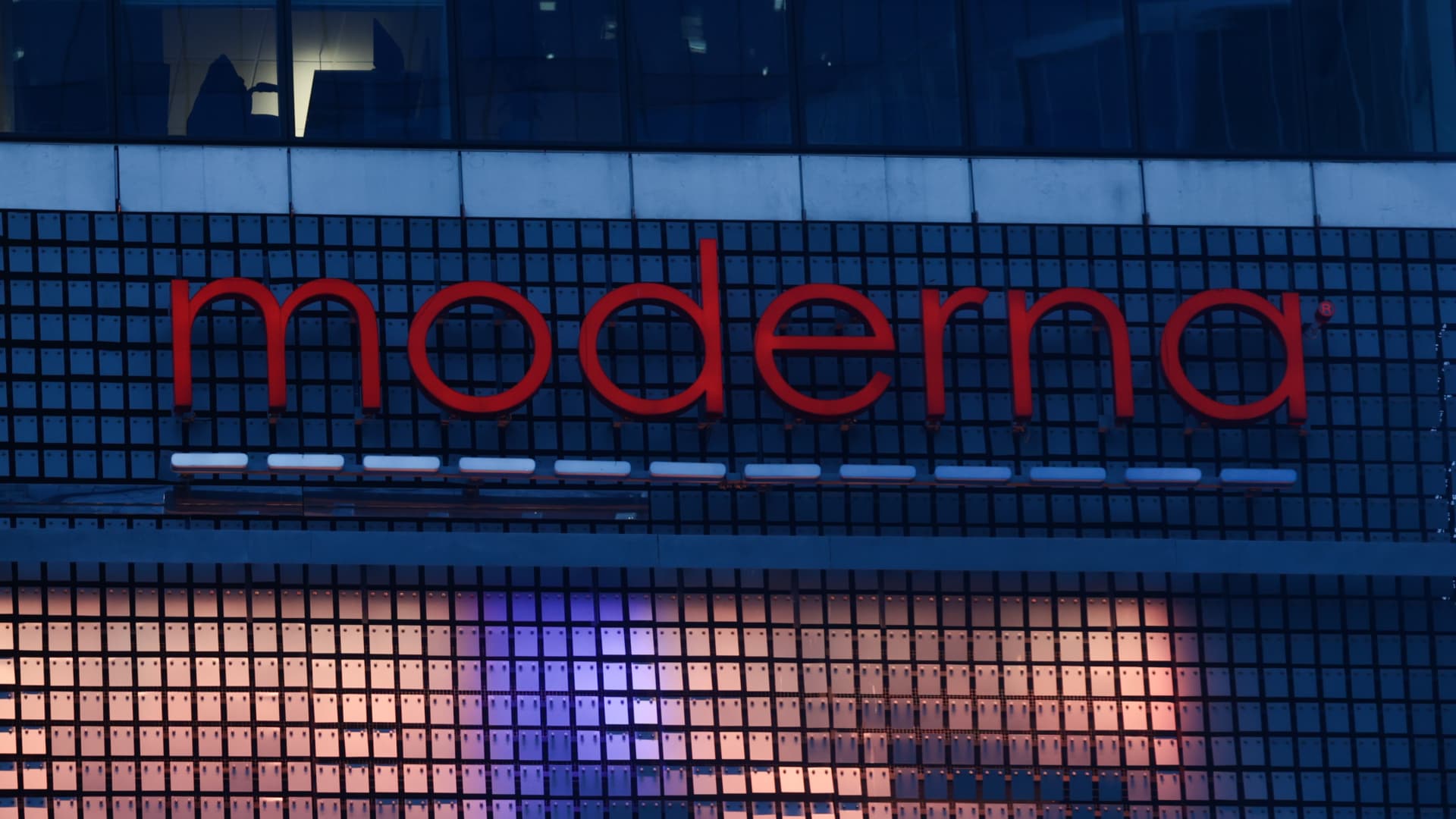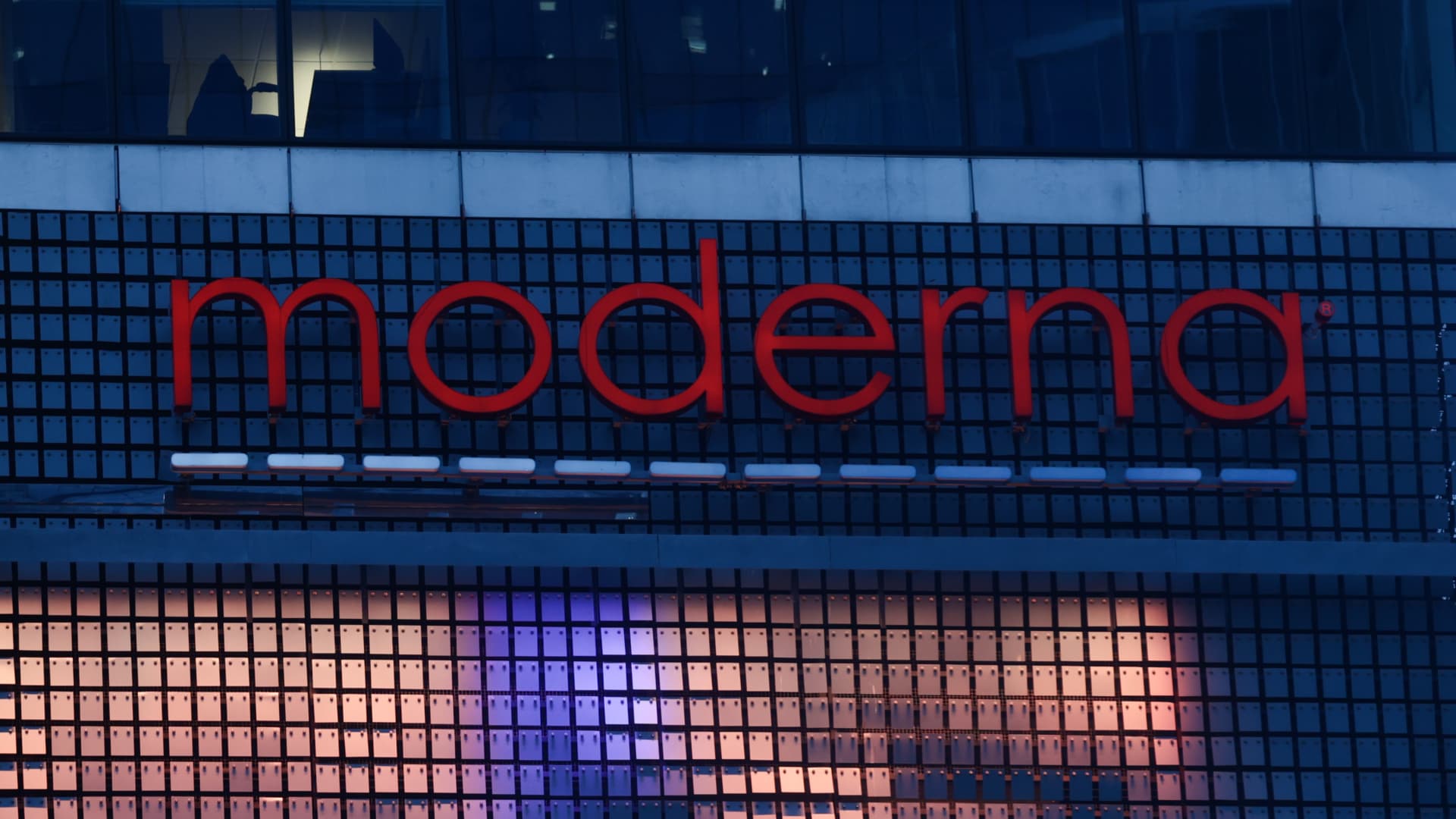Moderna’s Shifting Sands: A 2025 Revenue Outlook Analysis
Introduction: A Storm on the Horizon?
The biotechnology sector has witnessed a seismic shift in recent months, with Moderna, a company once celebrated for its groundbreaking mRNA COVID-19 vaccine, now grappling with a revised financial outlook. The reduction in Moderna’s 2025 revenue forecast has sent ripples through the industry, prompting a closer examination of the company’s strategic direction and long-term viability. This report explores the multifaceted factors contributing to this revised outlook, the implications for Moderna, and the strategies the company is employing to navigate these challenges.
The Numbers Don’t Lie: A Deep Dive into the Revised Forecast
The most striking aspect of Moderna’s recent financial disclosures is the significant reduction in its 2025 revenue forecast. Initially projected to range between $2.5 billion and $3.5 billion, the company now anticipates revenue to fall between $1.5 billion and $2.2 billion. This adjustment represents a substantial cut of $300 million from the high end of the previous range and a staggering $1 billion from the initial forecast. The primary driver behind this revision is a delay in vaccine shipments to the United Kingdom, which has pushed anticipated revenue into early 2026.
A closer look at the second quarter of 2025 reveals a stark decline in financial performance. Revenue plummeted by 41% year-over-year to $142 million, while net product sales decreased by 38% to $114 million. Perhaps most alarming is the cost of sales, which, at $119 million, exceeded net product sales for the quarter. This inversion of sales and costs underscores the financial strain the company is currently facing.
Unpacking the Delay: The UK Factor and Beyond
The delay in vaccine shipments to the UK is the most immediate explanation for the reduced revenue outlook. However, this delay is symptomatic of broader challenges facing the vaccine industry. The nature of the agreement with the UK, potential logistical hurdles, or shifting priorities within the UK’s vaccination strategy could all be contributing factors. Regardless of the specific cause, the delay highlights the fragility of revenue projections in the post-pandemic era.
Beyond the UK delay, a more fundamental issue looms: weakened vaccine demand. The initial surge in demand for COVID-19 vaccines has inevitably subsided as the pandemic transitions into an endemic phase. This reduced demand affects not just Moderna, but the entire vaccine industry, forcing companies to adapt to a new reality. The drop in sales highlights the challenge of sustaining high revenue levels once the urgency of the pandemic recedes.
Cost-Cutting Measures: A Necessary Adaptation
In response to the revised revenue outlook, Moderna has initiated significant cost-cutting measures. The company aims to reduce 2025 cash costs by $1 billion, with plans for an additional $500 million in savings in 2026. These measures include a planned 10% reduction in the workforce. While layoffs are never easy, they are often a necessary step for companies to streamline operations and ensure long-term sustainability. This proactive approach reflects Moderna’s commitment to fiscal responsibility and its determination to navigate the shifting landscape.
Beyond COVID: The Pipeline and Future Prospects
Despite the immediate challenges, Moderna’s long-term prospects remain promising. The company has been actively investing in expanding its pipeline beyond COVID-19 vaccines, focusing on mRNA-based therapies for a range of diseases, including influenza, cancer, and other infectious diseases. This diversification is crucial for mitigating the impact of fluctuating COVID-19 vaccine demand. The development of new mRNA therapies represents a significant opportunity for Moderna to leverage its technological expertise and establish a sustainable revenue stream. The success of these pipeline products will be critical in shaping the company’s future.
Investor Reaction: A Market Correction?
The market reaction to Moderna’s revised outlook has been understandably negative. Shares in Moderna dropped by more than 20% following the announcement, reflecting investor concerns about the company’s near-term financial performance. This market correction is a natural consequence of the revised expectations. Investors, who had grown accustomed to Moderna’s rapid growth during the pandemic, are now reassessing the company’s valuation in light of the changing market dynamics. While the stock drop is concerning, it also presents an opportunity for long-term investors who believe in Moderna’s underlying technology and future potential.
Navigating the Turbulence: Moderna’s Strategic Levers
Moderna has several strategic levers it can pull to navigate the current turbulence and secure its long-term success. First and foremost, the successful development and commercialization of its pipeline products is paramount. Moderna needs to demonstrate the efficacy and market viability of its non-COVID-19 therapies to restore investor confidence and drive future revenue growth.
Strategic partnerships with other pharmaceutical companies and research institutions can accelerate the development and commercialization of new therapies, sharing the risk and reward. Expanding its geographic reach can help Moderna tap into new markets and diversify its revenue streams. Finally, transparent and consistent communication with investors and the public is crucial for managing expectations and maintaining trust.
Conclusion: A Pivotal Moment for Moderna
Moderna’s revised 2025 revenue outlook marks a pivotal moment for the company. While the short-term challenges are undeniable, they also present an opportunity for Moderna to demonstrate its resilience and adaptability. The company’s success in navigating this transition will depend on its ability to execute its pipeline strategy, manage costs effectively, and maintain investor confidence. The future of Moderna hinges not just on its past triumphs, but on its ability to innovate and evolve in a post-pandemic world. The next few years will be crucial in determining whether Moderna can solidify its position as a leading biotechnology company or fade from the spotlight.












